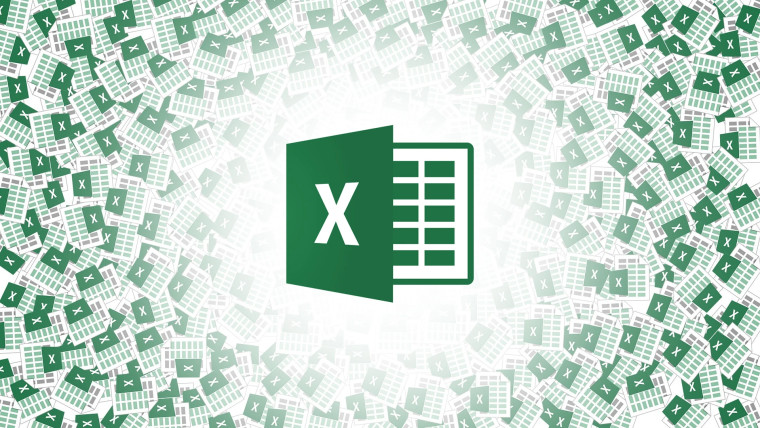
The first spreadsheet program for PCs was VisiCalc, for the Apple II in 1979. Microsoft launched the first version of its Excel spreadsheet program in 1985 (ironically, it was made for Mac PCs; the Windows version launched two years later).
VisiCalc had a feature called manual calculation mode that was later put into Excel when it launched. Since then, this feature has changed very little, but today Microsoft announced a new update to Excel that puts in a fairly significant improvement.
So what is manual calculation mode? In a blog post, Microsoft stated:
Manual calculation mode suspends calculations, which means that the values in cells can become out of date. We refer to these as being stale. When you edit a cell in a spreadsheet, not all cells become stale, just the ones that depend on your change.
The blog adds that while Excel does keep track of these "stale" cells, there"s been no way for users to visually see which ones are stale and which ones are not.

Now, Microsoft has added a new feature to Excel called stale formatting. It now shows stale cells by striking them out with a horizontal line. This finally gives users a way to see those cells and know they should not be relied upon until they are calculated.
Microsoft goes through how stale formatting works:
When a cell containing a stale value is selected we show a warning icon. If you click on the icon, you get a handy menu with contextual actions such as triggering calculation or switching to automatic calculation mode.
The new feature is turned on in Excel by default. It can be switched off by going to the Calculation Options menu on the Formulas tab, and unchecking the Format Stale Values checkbox.
Windows Insiders in the Beta channel can check out the new stale formatting feature now. When it becomes publicly available, it will launch in the Excel Windows app first, followed by other Excel platforms in the near future.